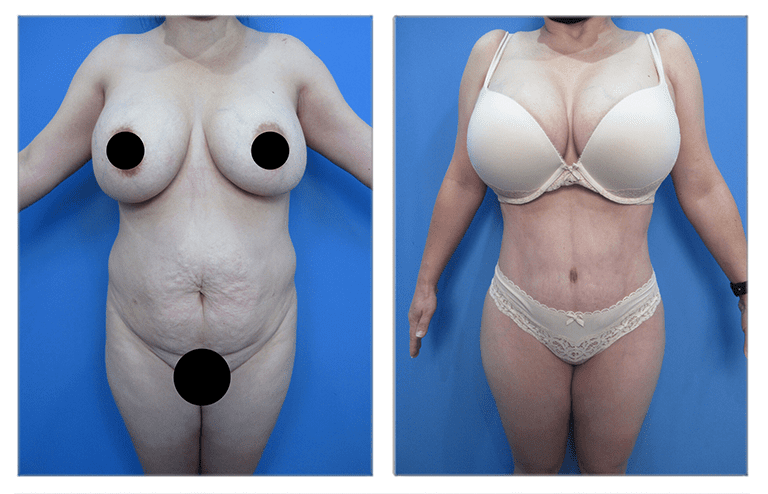






High definition body contouring requires evaluation and treatment of excess of both skin and fat. Only by addressing both of these components can your procedure realize superior outcomes. Your plastic surgeon can easily treat fat with ultrasound assisted liposuction, i.e. VASER liposuction. VASER liposuction provides the ability to remove fat both comprehensively to maximally debulk areas of concern and selectively to unveil the beauty of the underlying muscles. In contrast, management of excess skin has been proven a much more difficult undertaking.
Skin Excess in High Definition Body Contouring
You can characterize skin excess using two factors that include skin elasticity and skin redundancy. Plastic surgeons define skin elasticity by the ability of an object or material to resume its normal shape after being stretched or compressed. For example, a balloon is a material that is 100% elastic. When an inflated balloon is compressed, it will quickly spring back to its original shape. In contrast, modeling clay is a 100% plastic material. When mechanical force is applied, it will retain the resulting shape even after the force is removed.
Human skin is not completely elastic or plastic. As a result, skin deforms with applied force but returns to its original position after a slight delay when removing the force. This combined elastic and plastic behavior of human tissue is called viscoelasticity. Proteins, collagen and elastin, found in the skin affect its viscoelasticity. Collagen is a universal protein comprising the underlayer of the skin, called the dermis, as well as structural cables that span throughout the body and connect the skin to the underlying muscles, called retaining ligaments. Retaining ligaments span throughout the body creating a infrastructure support web, called the fibroseptal network. The collagen can become attenuated as we age making the skin more elastic. The lateral protein, called elastin, acts much like a rubber band and helps counter increased skin elasticity. However, with age elastin protein become depleted, with concentration of elastin negligible after the age of 45.
Skin Redundancy
You can appreciate skin redundancy by making an analogy to a piece of fabric. Skin is a glorified fabric that covers the entire human body and protects it from the external environment. When it is minimally redundant it can appear like it has slack in it. When moderately redundant it will present as loops or rolls of skin. The slack in the skin can be minimally tightened with improvement in viscoelasticity as described above. However, elimination of skin loops or rolls will require hemming of the fabric to literally remove extra skin. Hemming of skin is best described as excisional skin surgery.
Your plastic surgeon can resolve skin redundancy using two surgical techniques, Renuvion J plasma skin subdermal coagulation, and surgical skin excision, that will treat skin laxity and skin redundancy, respectively. Renuvion J plasma utilizes a combination of radiofrequency and Helium plasma energies to tighten collagen molecules that make up the dermis and retinacular ligaments. Skin can be treated following removal of soft tissue pulp, i.e. fat, using minimally invasive administration of Renuvion subdermal coagulation, to literally shrink wrap collagen molecules. Shrink wrapping of the collagen molecules results in instant reduction in skin laxity. Surgical excision of skin has been well described and executed to eliminate skin redundancy. The table below displays the name of high definition body contoyring surgeries coined for elimination of skin redundancy per body area.
| Skin Excisional Surgery | Body Area |
| Tummy tuck | Abdomen |
| Breast lift | Breast |
| Upper body lift | Upper back and armpit |
| Lower body lift | Lower back and flanks |
| Brachioplasty | Arm |
| Lateral thigh tuck | Lateral thigh |
| Buttock tuck | Buttock |
| Medial thigh tuck | Medial thighs |
| Face and Neck Lift | Face and neck |
Skin is Critical
In summary, high definition body contouring evaluation and treatment of skin excess is even more critical than fat excess. First, a plastic surgeon can best treat fat excess using VASER liposuction. Next, Renuvion subdermal coagulation treats skin laxity. Finally, excisional surgery treats skin redundancy. When evaluating prospective high definition body contouring patients, it is critical to make a comprehensive analysis of the patient circumferentially, coined 360. Next, you will create a customized surgical approach using a combination of treatments as described above.
